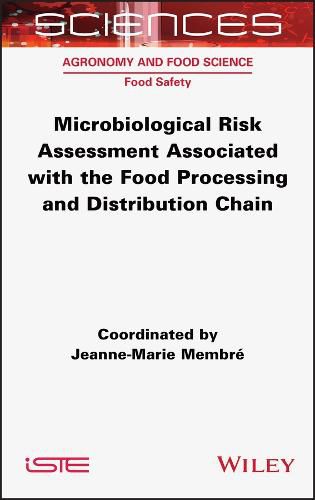Readings Newsletter
Become a Readings Member to make your shopping experience even easier.
Sign in or sign up for free!
You’re not far away from qualifying for FREE standard shipping within Australia
You’ve qualified for FREE standard shipping within Australia
The cart is loading…






According to the World Health Organization, one in every ten people worldwide falls ill from eating contaminated food every year, with 550 million cases of diarrheal diseases. Microbiological risk assessment aims to characterize the nature and probability of harm resulting from human exposure to the biological agents that are present in foodstuffs. This assessment must take into account all stages of the chain: from the production of raw materials to consumption. After briefly introducing food safety and risk assessment, this book details the four major steps of microbiological risk assessment. The contributors first present hazard identification and then exposure assessment, which is subdivided into methods for the detection and enumeration of pathogens and for the quantification of the level of exposure. Then, hazard characterization is subdivided into pathogenicity mechanisms and quantification of the dose-response relationship. Finally a guide for microbiological risk characterization is provided. The conclusion presents possible development avenues for microbiological risk assessment, particularly its integration into a holistic assessment of food systems.
$9.00 standard shipping within Australia
FREE standard shipping within Australia for orders over $100.00
Express & International shipping calculated at checkout
According to the World Health Organization, one in every ten people worldwide falls ill from eating contaminated food every year, with 550 million cases of diarrheal diseases. Microbiological risk assessment aims to characterize the nature and probability of harm resulting from human exposure to the biological agents that are present in foodstuffs. This assessment must take into account all stages of the chain: from the production of raw materials to consumption. After briefly introducing food safety and risk assessment, this book details the four major steps of microbiological risk assessment. The contributors first present hazard identification and then exposure assessment, which is subdivided into methods for the detection and enumeration of pathogens and for the quantification of the level of exposure. Then, hazard characterization is subdivided into pathogenicity mechanisms and quantification of the dose-response relationship. Finally a guide for microbiological risk characterization is provided. The conclusion presents possible development avenues for microbiological risk assessment, particularly its integration into a holistic assessment of food systems.